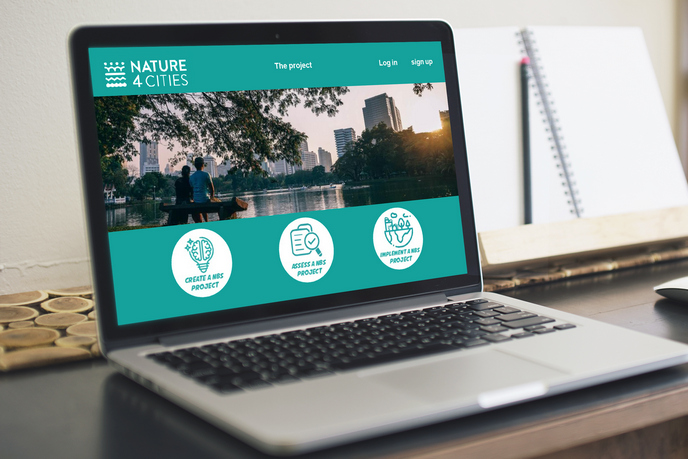A new model for tourism
Tourism has always been an economic pillar of European countries, in addition to building understanding and enlightening travellers. New considerations such as improved transport, sustainability, environment and socioeconomics are calling for a new paradigm of how tourism operates. The EU-funded Concertour project has investigated innovative strategies, solutions and services for improving mobility and tourism within Europe. The project has developed an action plan to create and reinforce synergies between transport research and tourism services in Europe, encouraging co-modality and contributing to the improvement of tourism competitiveness. Concertour investigated emerging tourist needs at different tourism destinations to identify factors that promote responsible tourist behaviour and upgrade the destination. It also gathered more in-depth knowledge of how tourism needs affect seasonality and year-round employment, and how stable employment throughout the year can be achieved. Identifying best practices and encouraging knowledge exchange has been an important factor in the project, which analysed several best-practice case studies to further its aims. These studies revealed examples on how tourism can be considered as a fundamental opportunity for social and economic development Currently, the emerging Concertour Handbook is helping tourism policymakers to assess transport supply and develop multiple transportation strategies or measures to influence the destination choice of tourists. This tool, if fully deployed, can be a valuable database of EU practices for linking tourist needs and available solutions, generating economies of scale and focusing new EU research only where needed. One of the project's activities has emphasised supporting better integration of transport modes (co-modality), enhancing information such as signage, and facilitating accessibility for those with special needs. Concertour also revealed how international cooperation and the cooperation with non-European transport hubs could be extended to door-to-door intermodal travel solutions starting outside Europe. It has highlighted a strong need for coordination between infrastructure managers such as airport managers, public transport providers, rail services, taxis and public bikes. In short, all these findings and recommendations have been incorporated into an action plan to help stakeholders by providing recommendations on how to improve infrastructure and supporting services for tourism, overcoming many barriers. This includes management of tourist traffic flows, support for government incentives and policies, regulation/deregulation initiatives, guidelines to promote sustainable tourism and much more. The adoption of the Concertour action plan will hopefully see these recommendations and ideas come to fruition.







